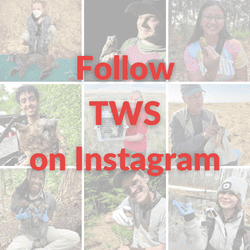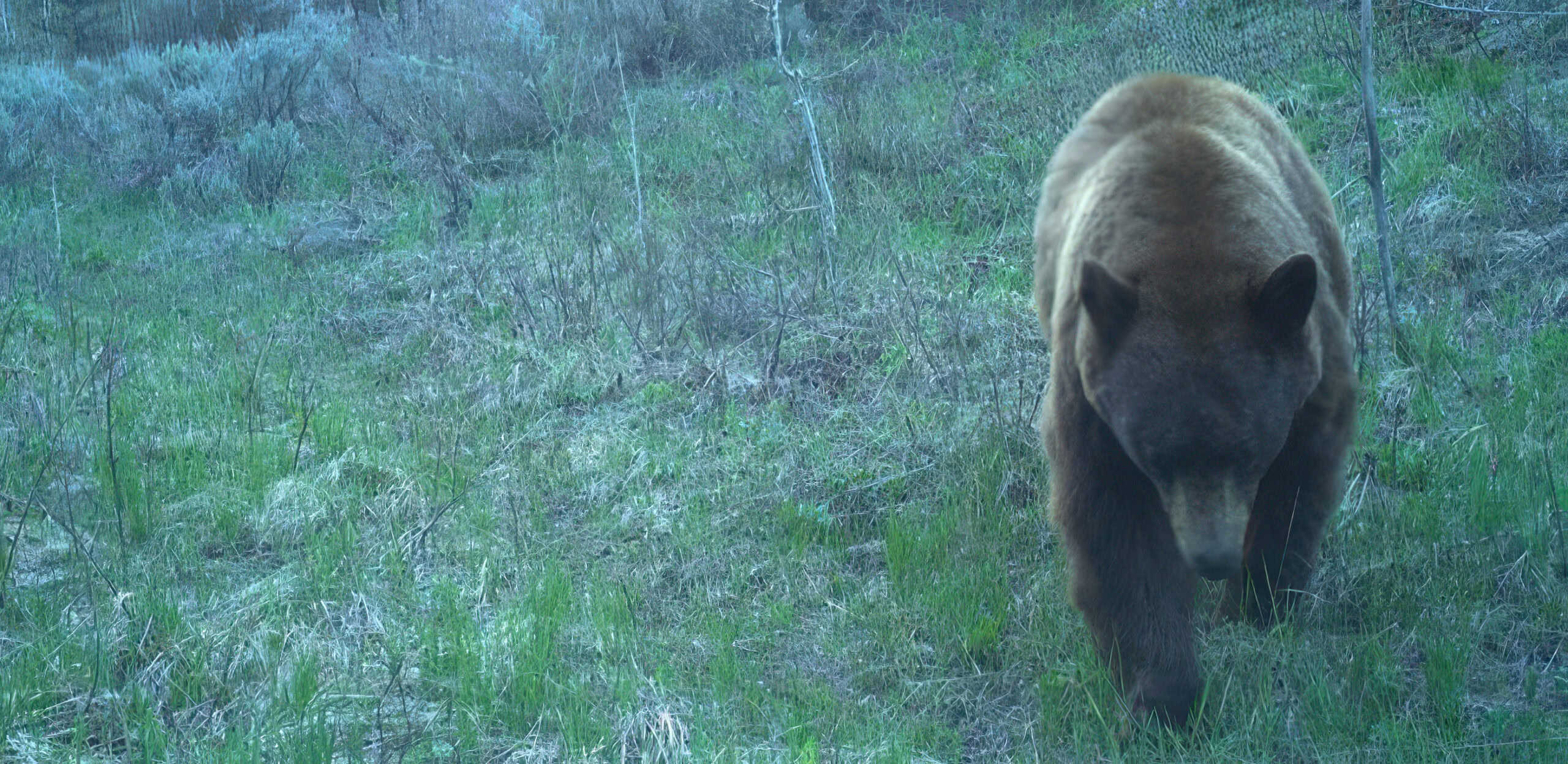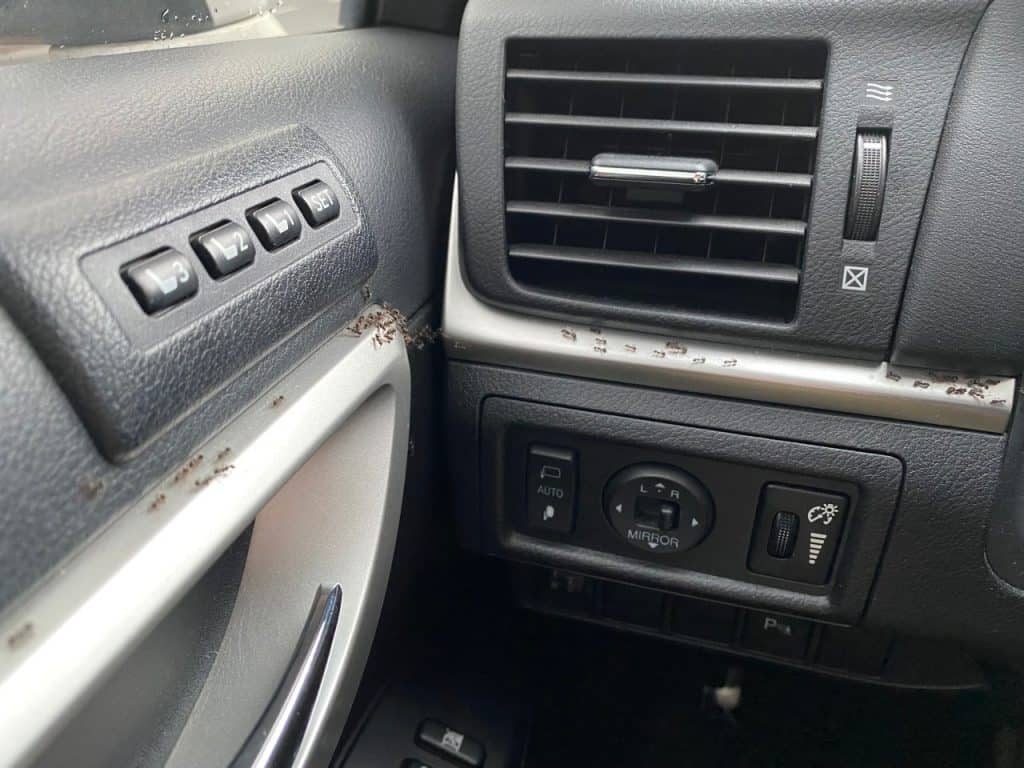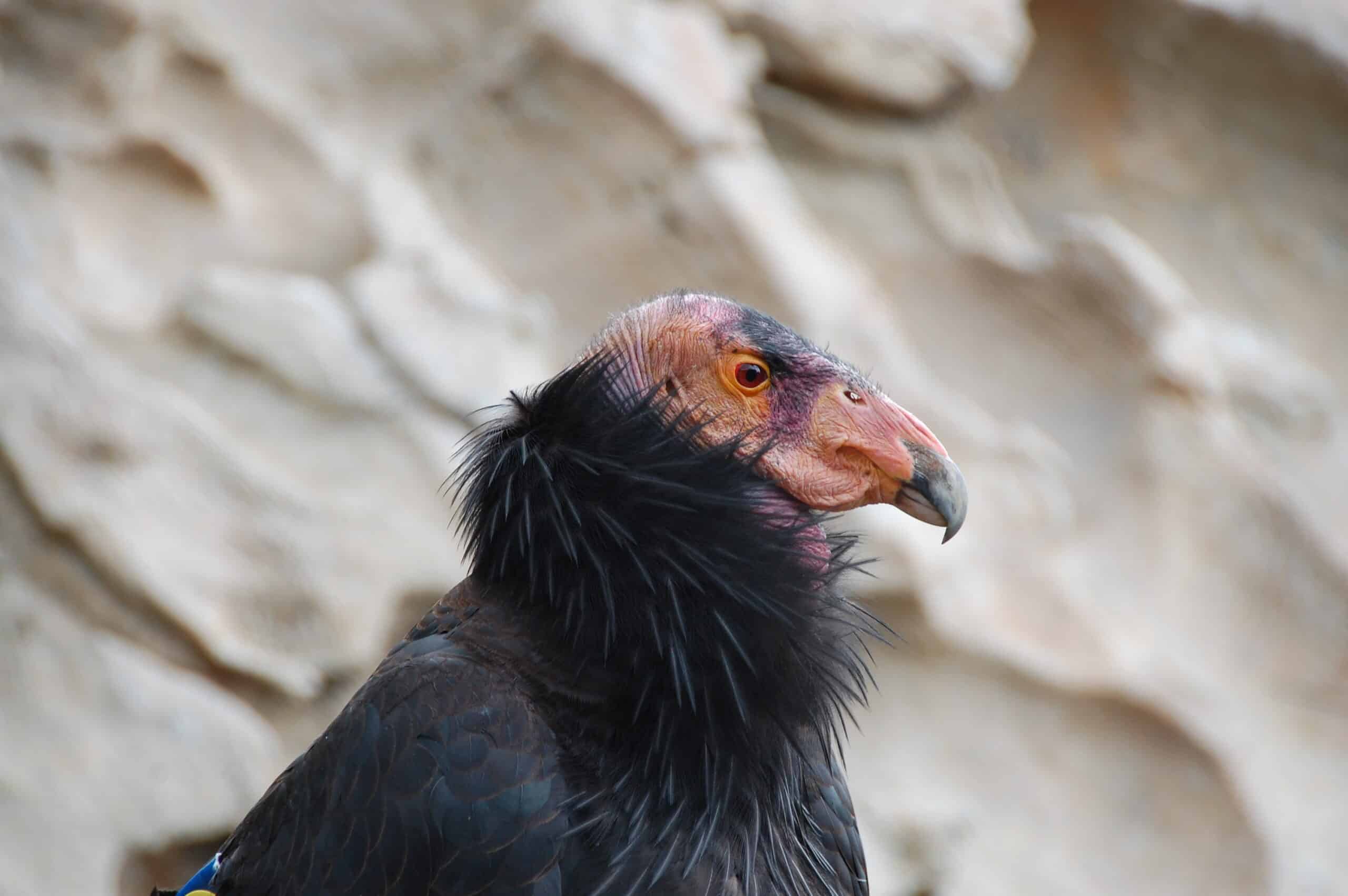Share this article
WSB: Noose carpets lasso rare rails
Researchers are successfully hooking marsh birds with a novel noose carpet technique that uses steel mesh and fishing line to lasso the birds to learn more about their migration.
The endangered Yuma Ridgway’s rails (Rallus obsoletus yumanensis), historically known as Yuma clapper rails, are found in California, Arizona and Mexico. Little was known about the Yuma Ridgway’s rails, and researchers had previously assumed the birds weren’t migratory. But at least two rails were found dead at solar facilities in the desert, far from their regular marsh homes along the Lower Colorado River.
TWS member Eamon Harrity, a research associate studying with Courtney Conway at the University of Idaho’s Idaho Cooperative Fish and Wildlife Research Unit, and his colleagues wanted to learn more about the birds’ habits. They captured a few of the birds and fitted them with transmitter devices in 2016.
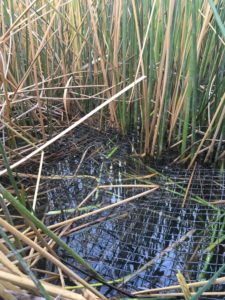
The noose carpet technique uses a wire mesh with a number of loops of fishing line that latch onto rail feet. ©Eamon Harrity
Things didn’t go so smoothly, though. The birds were too slippery to capture.
“I spent a lot of time crawling around in marshes trying to figure out how to catch them,” said Harrity, the lead author of a study published recently in Wildlife Society Bulletin.
In frustration, Harrity phoned his father — also a bird biologist. Harrity thought the noose carpet technique his father had used successfully with raptors might be adapted to Yuma Ridgway’s rails, and he wanted some advice.
Noose carpets are made up of a square strip of steel mesh that holds a number of loops — or nooses — that biologists tie with fishing line. When the rails step on the noose carpets, their feet become tangled in the nooses.
Some researchers had tried to capture rails with noose carpets in the 1980s, Harrity said, but they didn’t have much success. He fine-tuned the technique and gave it another go. He and his colleagues played a variety of Yuma Ridgway’s rail calls on Bluetooth speakers. The rails are territorial, and he suspected they would investigate an intruder on their turf.
“They frequently come running in to check out this new rail,” Harrity said.
The technique worked. When the rails approached the speaker, their feet got caught in the nooses, allowing Harrity and his colleagues to grab them. For the paper, his team captured 69 birds from 2016 to 2018, but their research is ongoing. Last year they captured another 85 birds using this technique.
“We found it to be very effective and practical,” he said.
There are some drawbacks to the technique — the sex ratio of captured birds is skewed given that the playback works more with territorial males.
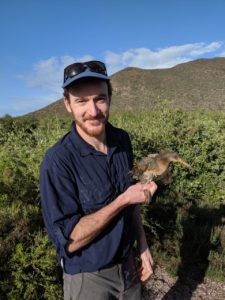
Eamon Harrity holds a freshly caught Yuma Ridgway’s rail. ©Eamon Harrity
But so far, the transmitters they’ve attached have revealed that the Yuma Ridgway’s rails indeed migrate from the Colorado River Basin down to the Mexican states of Sonora and Sinaloa. Harrity and his colleagues have documented migratory movements from 23 rails, including two that have completed round-trip migrations to coastal wetlands in Mexico and back to their breeding marshes in the U.S.
As far as the dead rails at the solar facilities are concerned, Harrity thinks the migrating rails may mistake the shimmering solar panels for water. As they approach and attempt to land on the solar panels, they may injure themselves or even die from impact trauma. Alternatively, they may land safely, but become disoriented and die from exposure. The same thing is happening to other species, Harrity said.
This article features research that was published in a TWS peer-reviewed journal. Individual online access to all TWS journal articles is a benefit of membership. Join TWS now to read the latest in wildlife research.
Header Image: Yuma Ridgway’s rails are listed as endangered by the U.S. Fish and Wildlife Service. ©Tom Mills





